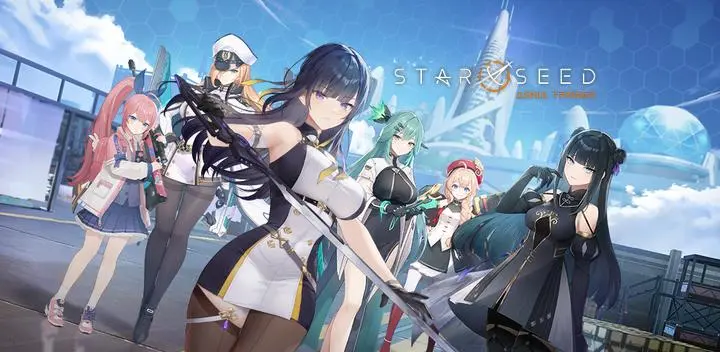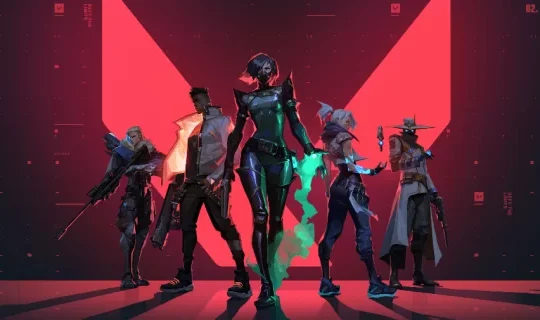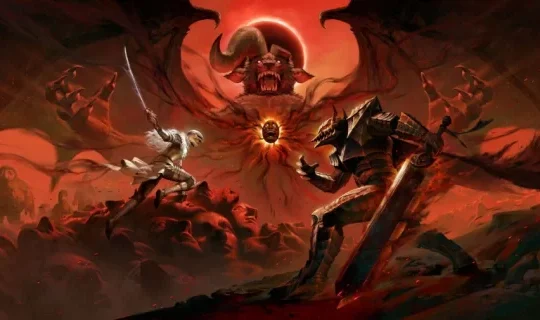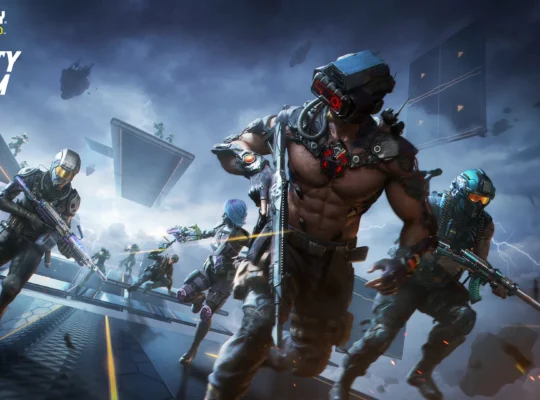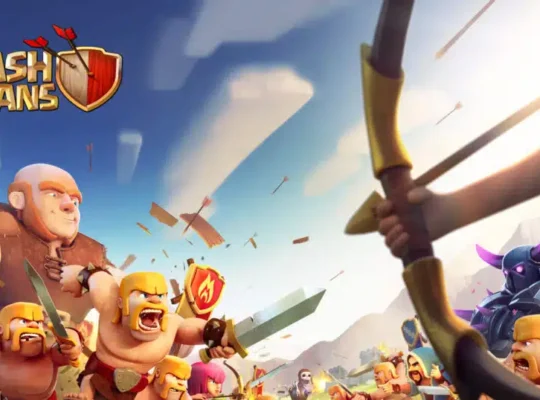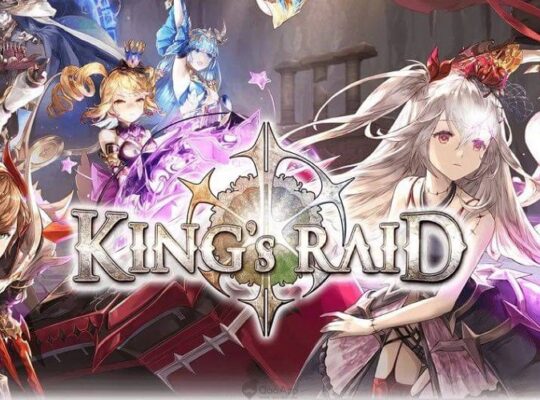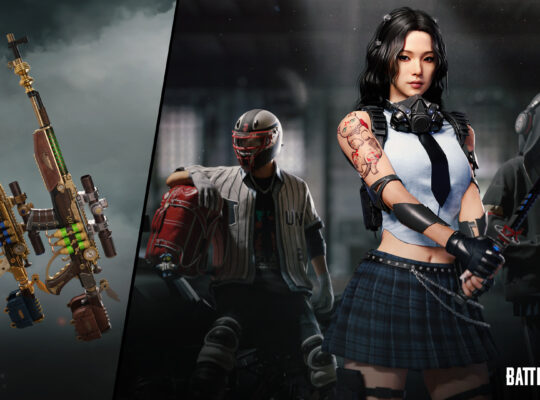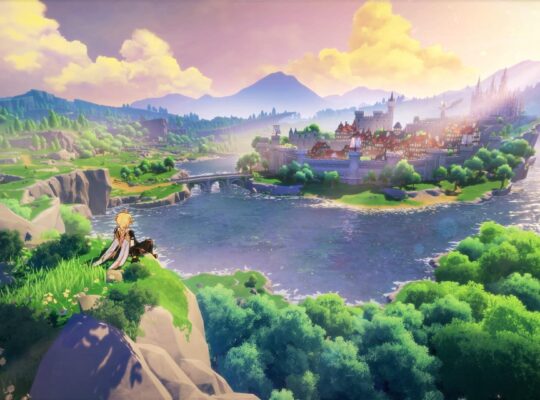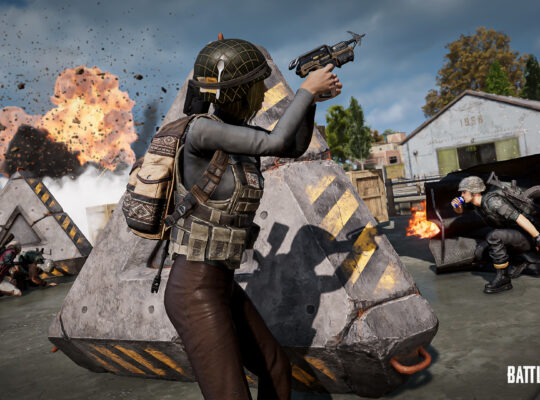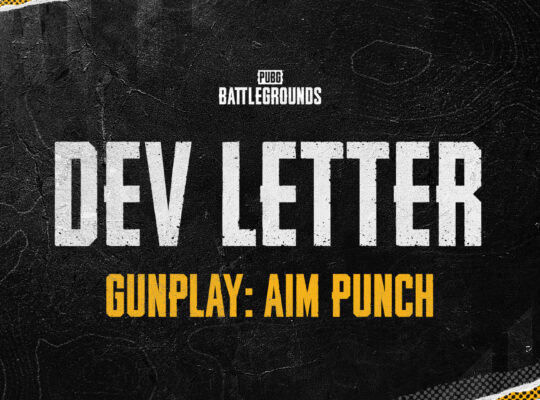Creating a powerful and efficient team in Starseed: Asnia Trigger is one of the most crucial aspects that can shape your journey through the game. The mechanics are designed to reward thoughtful team compositions, well-planned roles, and synergy between characters. Whether you’re just beginning or aiming to refine your strategy, understanding how to assemble your squad can make a world of difference in battle outcomes. This guide will walk you through the fundamentals and deeper tactics of team building to help you unlock your team’s full potential.
Fundamentals of Team Composition
At the core of team building in Starseed: Asnia Trigger lies the idea of mono-color teams—teams constructed around a single elemental affinity: red, blue, or green. Each of these elements not only has distinct traits but also benefits from affinity-based synergy when grouped together.
When forming mono teams, you’re essentially choosing to specialize, allowing you to stack passive bonuses and trigger specific team-based mechanics. For instance, red teams are known for burst damage, blue teams for control and crowd tactics, and green teams for tactical targeting and utility.
Light and Dark characters are the exceptions to this rule. These units are versatile and can be added to any team without disrupting elemental synergy. What makes them special is their utility in EP (Energy Point) manipulation—speeding up or slowing down energy accumulation, which becomes crucial in battles against tough enemies or unpredictable mimics.
Choosing the Right Main Damage Dealer
Every strong team has a clear focal point—a main damage dealer who leads the charge in battles and sets the pace for your strategy.
Blue teams rely heavily on Patricia, a ranged fighter known for her wide area-of-effect (AOE) capabilities and unmatched mobility. Her kit is tailored to function optimally when she’s the team’s primary attacker, making her a standout when supported properly.
Red teams are best led by Yuna, a high-risk, high-reward damage dealer whose output depends on her critical hit mechanics. She thrives with the right support to boost her crit rate but can quickly lose value if outpaced by new additions to the roster or if critical builds aren’t properly supported.
Green teams take a strategic edge with Sia, a combatant who specializes in targeting and eliminating threats in the enemy’s backline. Her ability to take out high-priority enemies early on can shift the tide of battle almost immediately.
The Role of Supports
Support units are the lifeblood of any well-rounded team. Their main role is to enhance the performance of your primary attackers and ensure the survivability of the squad.
Rayhou stands out as a Light element support, offering exceptional utility by increasing ultimate skill charge speed. Her ultimate also provides a brief period of invincibility, often acting as a game-saving intervention during tense moments.
Hallona and Elina play key roles in blue team support. Hallona boosts backline performance with strategic buffs, while Elina acts as a solid healer, sustaining the team through prolonged battles.
For red teams, Hellen provides crucial burst healing, especially effective during high-pressure encounters where quick health recovery is essential.
Finding the Right Tank
Tanks serve as the protective barrier for your more vulnerable team members, absorbing damage and maintaining formation integrity.
Edis excels as the frontline wall for blue teams. Her debuff application and damage reduction capabilities not only protect allies but also wear down the enemy over time.
Ambrosia, aligned with red teams, blends survivability and offensive power. She doesn’t just absorb hits—she fights back hard, making her both a shield and a weapon.
Melissa, the green team’s tank, is particularly versatile. She provides healing, generates clones to soak up incoming attacks, and enhances the team’s defensive tactics with layered support.
Team Archetypes and Key Units
Understanding how these roles fit together helps create balanced and powerful team compositions.
A solid blue team might revolve around Patricia’s devastating offense, reinforced by Elina’s healing, Hallona’s tactical boosts, and Edis’ defensive presence.
The red team is spearheaded by Yuna’s critical damage potential, with Hellen ensuring survival through healing, and Ambrosia stabilizing the frontline with a combination of durability and power.
The green team, led by the surgical precision of Sia, gains defensive and supportive strength from Melissa’s multifunctional kit and Rayhou’s energizing abilities.
Advanced Tips for Optimizing Team Performance
Being rigid in your team structure can limit your effectiveness, especially as you face diverse opponents and evolving challenges. Flexibility is the key to mastering team building.
Adapt your lineups according to enemy types. Experiment with different formations and skill orderings to see what works best in specific scenarios. Sometimes, rearranging your support or choosing a different tank can dramatically increase your chances of success.
Focus on synergy. Teams that work together well often outperform individually powerful characters thrown together. Look for units whose abilities complement each other—buffs that amplify a damage dealer’s skills, or healing that pairs well with damage mitigation effects.
Conclusion: Mastering the Art of Team Building
Dominating battles in Starseed: Asnia Trigger is about more than raw power. It’s about strategy, adaptability, and understanding the individual roles of your units. By thoughtfully crafting teams that play off each other’s strengths, you not only increase your success rate but also gain a deeper appreciation for the game’s intricate mechanics.
Whether you’re climbing through difficult missions, taking on challenging enemies, or testing yourself in time-limited events, mastering team building will always give you the upper hand. Dive in, experiment, and remember that every unit has potential—it’s just a matter of placing them in the right team at the right time.
